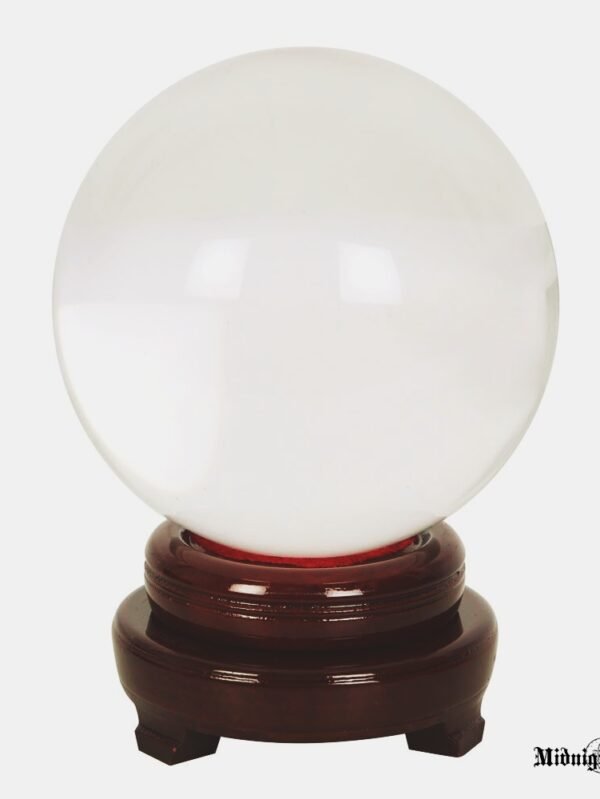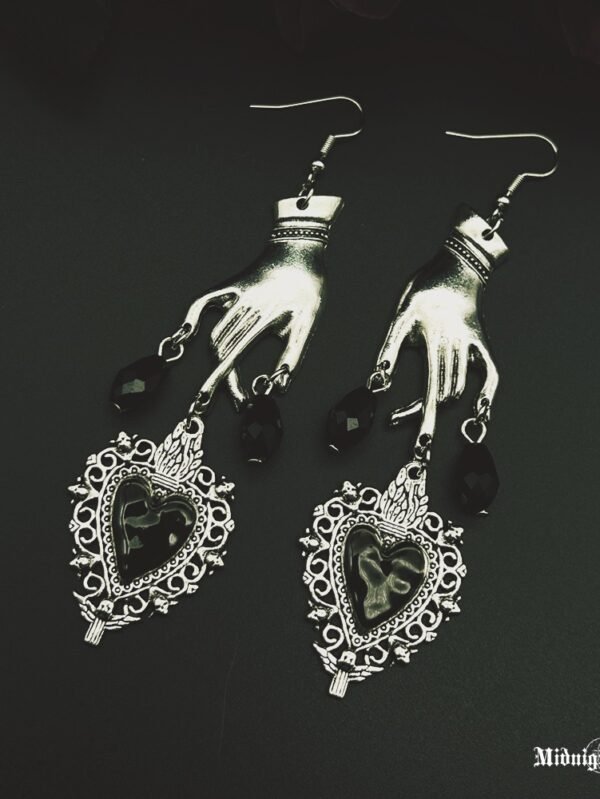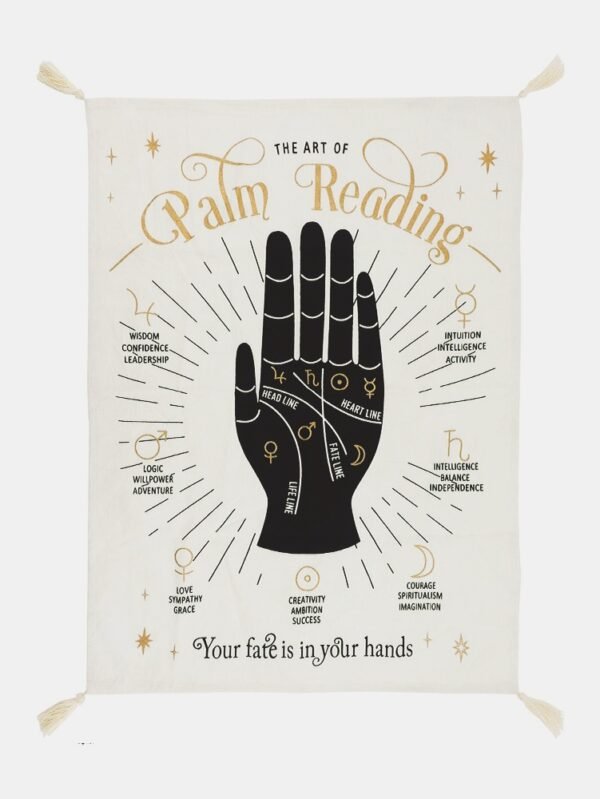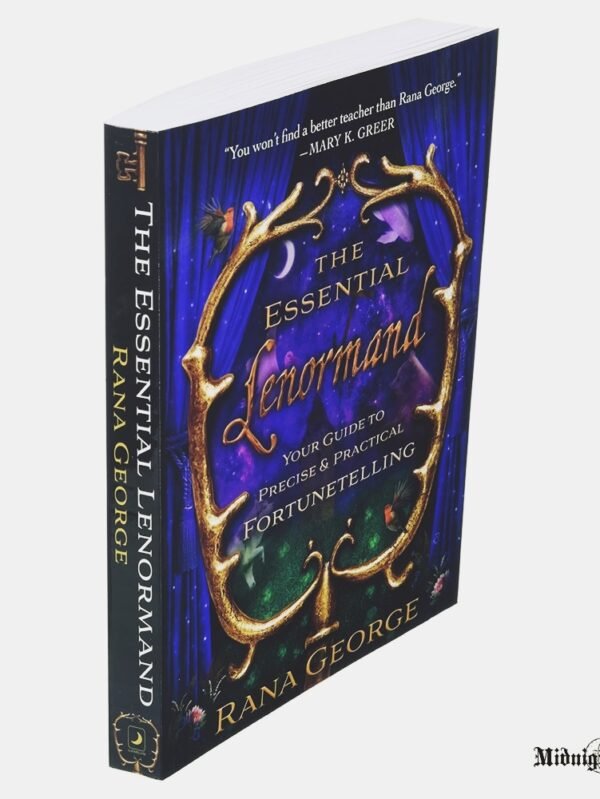Description
Aiškiaregysčių ir Pranašysčių Knyga Ekstravagantiškam Dekorui
Fortune telling is the practice of predicting information about a person’s life.[1] The scope of fortune telling is in principle identical with the practice of divination. The difference is that divination is the term used for predictions considered part of a religious ritual, invoking deities or spirits, while the term fortune telling implies a less serious or formal setting, even one of popular culture, where belief in occult workings behind the prediction is less prominent than the concept of suggestion, spiritual or practical advisory or affirmation.
Historically, Pliny the Elder describes use of the crystal ball in the 1st century CE by soothsayers (“crystallum orbis”, later written in Medieval Latin by scribes as orbuculum).[2] Contemporary Western images of fortune telling grow out of folkloristic reception of Renaissance magic, specifically associated with Romani people.[1] During the 19th and 20th century, methods of divination from non-Western cultures, such as the I Ching, were also adopted as methods of fortune telling in western popular culture.
An example of divination or fortune telling as purely an item of pop culture, with little or no vestiges of belief in the occult, would be the Magic 8-Ball sold as a toy by Mattel, or Paul the Octopus, an octopus at the Sea Life Aquarium at Oberhausen used to predict the outcome of matches played by the Germany national football team.[3] There is opposition to fortune telling in Christianity, Islam, Baháʼísm and Judaism based on scriptural prohibitions against divination. Terms for one who claims to see into the future include fortune teller, crystal-gazer, spaewife, seer, soothsayer, sibyl, clairvoyant, and prophet; related terms which might include this among other abilities are oracle, augur, and visionary. Fortune telling is dismissed by skeptics as being based on pseudoscience, magical thinking and superstition.
Methods
The screene of fortune here behold, fortune-telling game, ca.1650–1750
Common methods used for fortune telling in Europe and the Americas include astromancy, horary astrology, pendulum reading, spirit board reading, tasseography (reading tea leaves in a cup), cartomancy (fortune telling with cards), tarot card reading, crystallomancy (reading of a crystal sphere), and chiromancy (palmistry, reading of the palms). The last three have traditional associations in the popular mind with the Roma and Sinti people.
Another form of fortune telling, sometimes called “reading” or “spiritual consultation”, does not rely on specific devices or methods, but rather the practitioner gives the client advice and predictions which are said to have come from spirits or in visions.

Perfect for any witch or aspiring divinator! Cast in the finest resin before being carefully hand-painted, this black cat’s head sits within a black frame. Flanked by a purple hue, surrounded by stars and celestial imagery, the picture reads “BLACK CAT SEES, TELLS, FORTUNE TELLER'”


















Atsiliepimai
There are no reviews yet